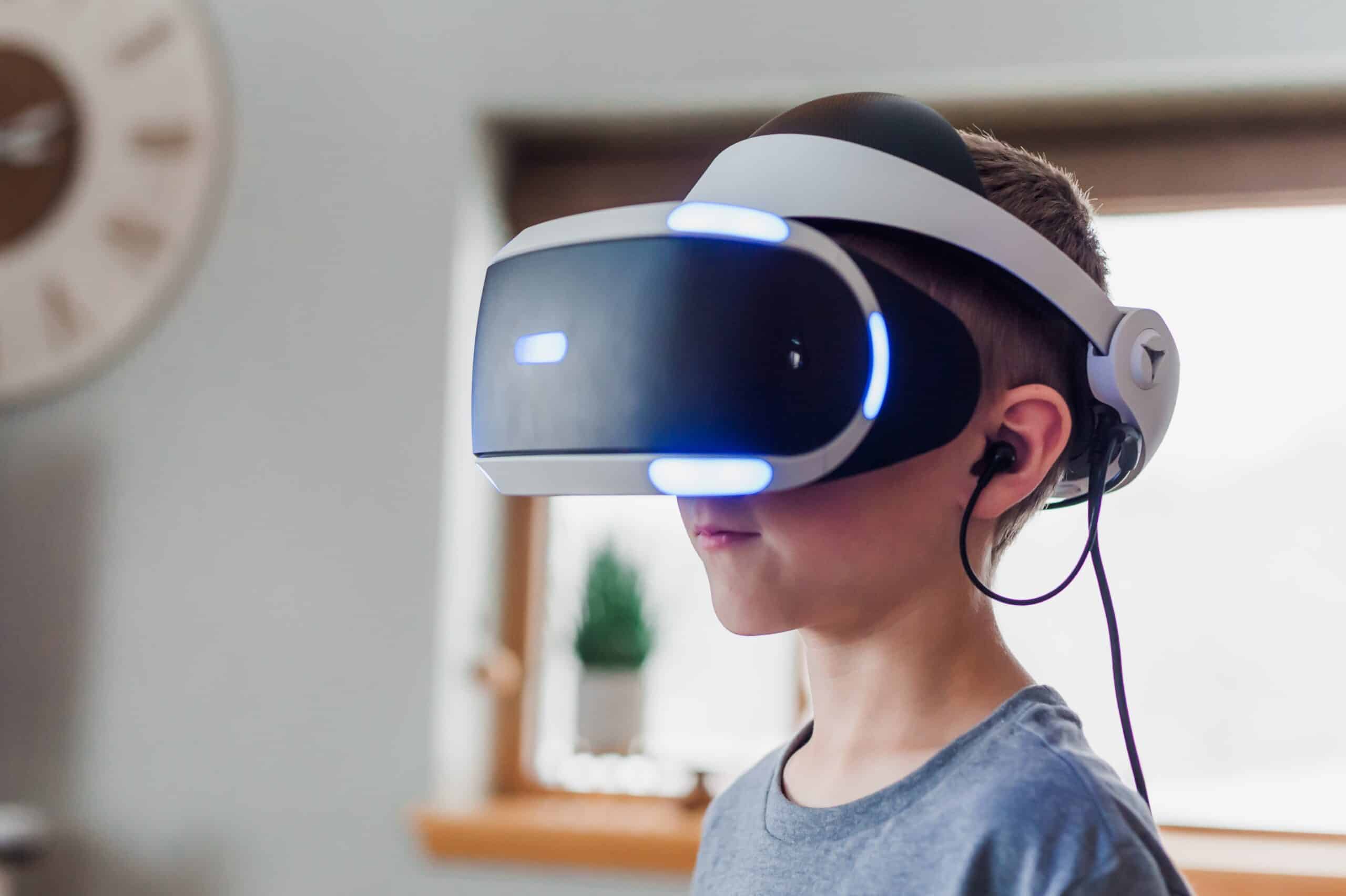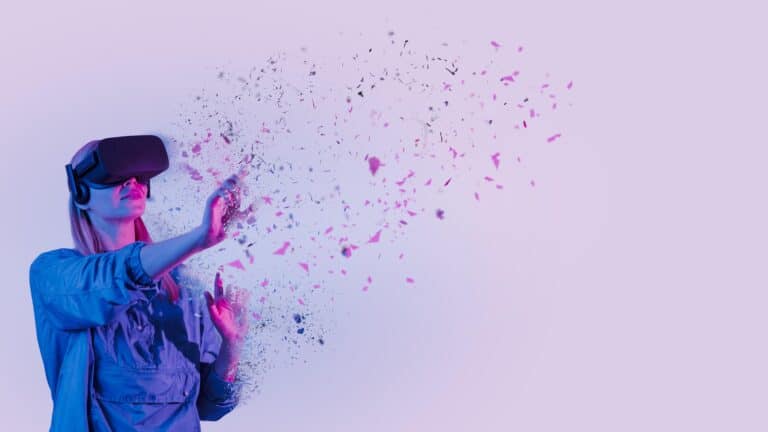VR Therapy for Young People: With Evidence Comes Hope
More Data Needed
One doesn’t have to search very long to find evidence demonstrating the power of virtual reality therapy as a mental health treatment for adults. Hypothetically, the same conclusions can be drawn about adolescents with mental trauma and responses to digital intervention. However, much more data around VR and adolescents is needed to make that clear. “Digital interventions, such as applied games and virtual reality (VR), that target mental health problems in children and young people may hold a key to increasing access to, engagement with, and potentially the effectiveness of psychological treatments.” There are a number of organizations studying the existing data that we have today in order to improve upon both the methodology and goals for success rates.
Virtual reality involves the use of computer technology to allow individuals to enter an artificial sensory environment. With the guidance of a therapist, a patient with particular fears or anxiety, can “experience” a situation to understand their current reactions or behavior and learn to condition themselves to that environment. Young people aged 5 through 19 are generally more open-minded and less biased than grown adults, making VR therapy a brighter treatment possibility than traditional methods. A great example of an adolescent responding to VR focuses on a 16-year-old boy who was unable to make a meaningful connection with a traditional therapist. With the help of his clinical team, “Stephen” eventually found that “traveling” to other places using virtual reality was a positive step in dealing with trauma. “Using Google Earth in virtual reality, Stephen took me to his home and was able to open up about the childhood adversity and trauma he had experienced.” Fortunately, there are other success stories like Stephen’s, but more are needed.
Refining the Design
With tremendous advances in immersive technology, especially in the last ten years, digital health interventions are gaining momentum and successful use cases for the mental health of young people. This has come to light even further since 2020, as the pandemic has made computerized therapy a must-have.
While the current evidence remains scarce, digital interventions have come a long way in addressing mental trauma in young people. New breakthroughs in addressing and healing childhood trauma through immersion therapy continue to be reported. Virtual reality continues to be the way people of all ages can improve their mental health and see a way forward.




